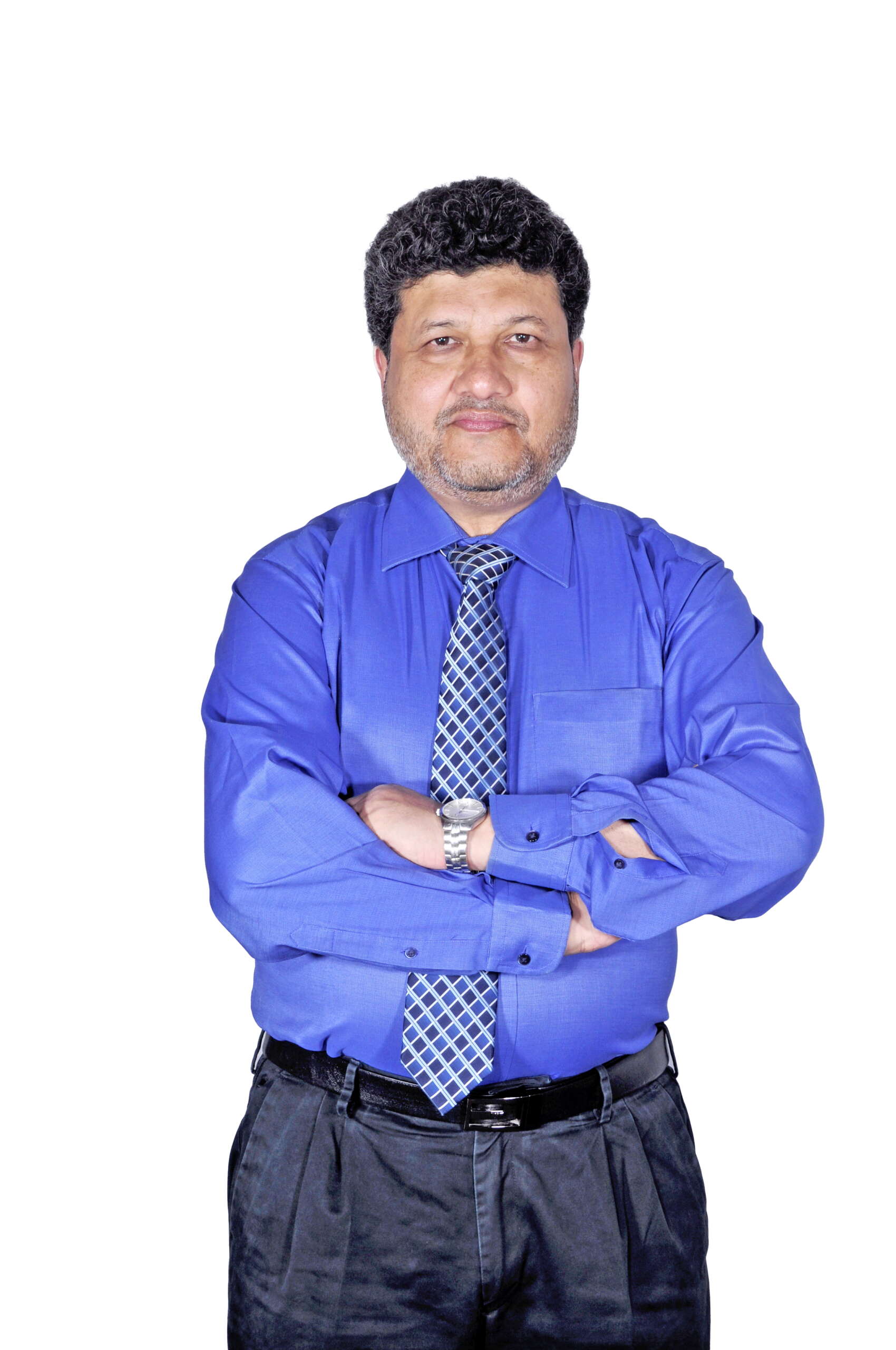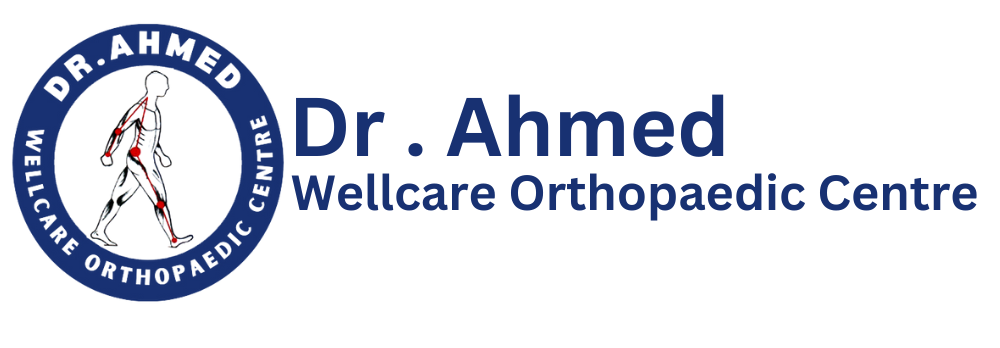Understanding Growth Factor Concentrate
Doctors derive Growth Factor Concentrate (GFC) from the patient’s own blood and primarily use it in regenerative medicine and non-surgical therapy. This concentrate contains a variety of growth factors—proteins that play a crucial role in cell growth, proliferation, and differentiation. In addition, these growth factors are particularly important for tissue regeneration and healing processes.
Healthcare professionals collect whole blood through a standard venipuncture procedure to obtain GFC. They then process the blood using specific centrifugation techniques. This process separates the components of blood, allowing for the concentration of platelets, which are rich in growth factors. Researchers commonly enrich GFC with various types of growth factors, including platelet-derived growth factor (PDGF), transforming growth factor-beta (TGF-β), and vascular endothelial growth factor (VEGF). Each of these factors contributes distinct biological effects in tissue repair and regeneration.
When released into the tissue, these growth factors initiate a cascade of biological events—promoting cellular migration, stimulating collagen synthesis, and enhancing angiogenesis. Such actions are essential in wound healing and recovery from injuries, making GFC a valuable tool in various medical fields, particularly orthopedics, dermatology, and plastic surgery. By stimulating the innate healing mechanisms of the body, GFC provides a promising alternative to more invasive surgical procedures.
Given its versatility, practitioners are increasingly using GFC in non-surgical therapies, including joint regeneration, skin rejuvenation, and hair restoration. Its minimally invasive nature and capacity to harness the body’s healing response underscore its growing acceptance among medical professionals. Moreover, as research continues to explore its full potential, the applications of GFC are likely to expand further, contributing positively to patient outcomes in various therapeutic contexts.
Mechanism of Action in Non-Surgical Therapy
Growth Factor Concentrate (GFC) is a crucial component in non-surgical therapy, exhibiting multiple mechanisms that enhance cellular activities and promote tissue regeneration. The primary way growth factors exert their effects is through the activation of specific signaling pathways that initiate cell proliferation and differentiation. These growth factors are naturally occurring proteins that stimulate cellular responses, playing a pivotal role in wound healing and tissue repair. When introduced to the affected area, GFC facilitates the recruitment of resident stem cells and other progenitor cells, which are essential for effective tissue regeneration.
Once the growth factors bind to their respective receptors on target cells, they instigate a cascade of intracellular signaling events. For instance, the activation of pathways such as PI3K-Akt and MAPK provides the cellular machinery necessary for promoting cell proliferation and survival. Moreover, these pathways are also critical for maintaining the balance between cell growth and apoptosis. As a result, this ensures that damaged tissues receive adequate support during the healing process.
In comparison to traditional therapeutic methods, GFC offers significant advantages. It provides a more targeted and biologically relevant approach to treatment. Unlike conventional therapies, which may use mechanical or chemical methods to address tissue damage, GFC works through the body’s natural mechanisms. This results in reduced inflammation and a lower incidence of adverse reactions. GFC has the capacity to enhance angiogenesis, which is the formation of new blood vessels. This further amplifies its effectiveness in non-surgical therapy. As a result, patients can experience faster recovery times and improved outcomes. This highlights the potential of GFC as a revolutionary treatment modality.
Applications and Benefits of GFC in Non-Surgical Treatments
Growth Factor Concentrate (GFC) has emerged as a significant advancement in non-surgical therapies, deploying the natural healing properties of the body to facilitate recovery in various medical fields. Its applications span across orthopedics, dermatology, and aesthetic medicine, illustrating its versatility and effectiveness in promoting healing and enhancing patient outcomes.
In orthopedics, GFC is utilized to treat conditions such as tendon injuries, osteoarthritis, and cartilage degeneration. Studies have shown that the application of GFC can lead to significant improvements in healing times. For instance, a clinical trial documented a 40% reduction in recovery time for patients receiving GFC injections compared to those who received standard treatments. This expedited recovery is attributed to the enhanced cellular regeneration and reduced inflammation that GFC promotes.
In the realm of dermatology, GFC is employed for skin rejuvenation and wound healing. Its regenerative properties facilitate improved skin texture and tone. Moreover, it has been effectively used in the treatment of chronic wounds, with studies reporting a 60% increase in healing rates when GFC is integrated into treatment protocols. Such outcomes are compelling for practitioners who seek to leverage innovative solutions for their patients’ skin health.
Additionally, in aesthetic medicine, GFC has transformed approaches to facial rejuvenation and anti-aging therapies. Patients have reported enhanced skin elasticity and reduced signs of aging following GFC treatments. Data suggests that these advanced techniques can lead to a marked improvement in patient satisfaction, with many noting not just physical enhancements but also boosts in self-esteem and confidence.
Overall, the integration of GFC into non-surgical therapies stands as a testament to its effectiveness. As more studies continue to emerge, the medical community is poised to deepen its understanding of this powerful tool, advancing patient care across diverse specialties.
Future Directions and Considerations
The field of non-surgical therapy is witnessing a dynamic evolution with the advent of growth factor concentrate (GFC) applications. Ongoing research aims to elucidate various aspects of GFC, focusing on its mechanisms of action, efficacy across different treatment protocols, and potential new applications in regenerative medicine, orthopedics, and dermatology. As practitioners identify novel uses for GFC, such as in chronic wound healing or enhancing aesthetic procedures, understanding the scientifically validated parameters of these practices is paramount.
Technological advancements play a significant role in the preparation and delivery of GFC. Innovations in harvesting techniques and centrifugation processes are enabling practitioners to obtain higher concentrations of growth factors with greater purity. These enhancements can improve patient outcomes and reduce recovery times. Moreover, integrating GFC with other therapies, such as stem cell treatments or biomaterials, could open new avenues for multifaceted therapeutic strategies, amplifying the regenerative potential of these combined approaches.
However, with the promise of GFC comes a set of limitations, risks, and ethical considerations. As the body of research grows, it is crucial to maintain a critical perspective regarding the standardization of GFC preparation to ensure consistency and reproducibility in clinical outcomes. Healthcare providers must adequately address potential risks, such as infection or adverse reactions. This necessitates comprehensive patient education and the establishment of informed consent protocols.
Furthermore, ethical considerations surrounding GFC use in aesthetic applications require careful scrutiny. Practitioners should ensure that treatment protocols do not exploit vulnerable populations seeking cosmetic enhancements. Remaining vigilant about regulatory guidelines and emphasizing evidence-based practice will support the responsible adoption of GFC in non-surgical therapies. Ultimately, advancing the field requires a collaborative effort among researchers, practitioners, and regulatory bodies to harness the potential of growth factor concentrate effectively while safeguarding patient welfare.
Frequently Asked Questions?
Q. What is Growth Factor Concentrate (GFC) in non-surgical therapy?
Ans. Explanation of GFC and its role in non-invasive treatments for skin and hair.
Q. How does Growth Factor Concentrate therapy work?
Ans. A description of the process behind GFC therapy and how it stimulates healing and regeneration.
Q. What are the benefits of Growth Factor Concentrate in non-surgical therapy?
Ans. Overview of the key benefits, such as skin rejuvenation, hair restoration, and anti-aging.
Q. Is Growth Factor Concentrate therapy safe?
Ans. A look into the safety profile of GFC therapy, including any risks or side effects.
Q. Which conditions does Growth Factor Concentrate therapy treat?
Ans. Common conditions like hair loss, wrinkles, acne scars, and skin damage that GFC can address.
Q. How is Growth Factor Concentrate different from Platelet-Rich Plasma (PRP) therapy?
Ans. A comparison between GFC and PRP, highlighting their differences in treatment and effectiveness.
Q. How long does it take to see results from Growth Factor Concentrate therapy?
Ans. Timeline for visible improvements after undergoing GFC treatments.
Q. How many sessions do patients need for Growth Factor Concentrate therapy?
Ans. Information on the typical number of sessions required for optimal results.
Q. What is the cost of Growth Factor Concentrate non-surgical therapy?
Ans. A general idea of the price range for GFC treatments in non-surgical therapy.
Q. Can practitioners combine Growth Factor Concentrate therapy with other treatments?
Ans. Discussion on whether GFC can complement other therapies such as microneedling, laser, or PRP.









